Brazilwood Natural Dye
Brazilwood Natural Dye razilwood dye comes from the heartwood of trees in the Caesalpinia group. The most common sources are Paubrasilia echinata and Biancaea sappan. This natural dye has been used for hundreds of years to color fabrics, inks, and artwork. It creates beautiful red shades and is popular among people who enjoy using natural materials.
Brazilwood Natural Dye is easy to use. It’s great for both beginners and experienced dyers. It also gives strong colors without needing a lot of special equipment.
Source and Ingredients
Where it comes from:
- Paubrasilia echinata: This tree grows in Brazil and gave the country its name. It was once a major export.
- Biancaea sappan: Also known as sappanwood, this tree grows in Asia. It is easier to find today because it is grown in a sustainable way.
What it contains:
Brazilwood Natural Dye comes from a compound called brazilin. Brazilin is pale at first but turns red when exposed to air. This red form is called brazilein. These natural compounds are what give Brazilwood its strong red color.
Colors and Lasting Power
Colors:
Brazilwood gives different red shades depending on what you use with it:
- Alum: Bright reds and cherry tones.
- Copper: Deep reds like burgundy.
- Iron: Purplish tones with some gray.
- Acid or Alkaline: Vinegar makes the red warmer. Soda ash makes it cooler or more purple.
Lasting Power:
The color holds well in washing if you use a good mordant. But it may fade if left in the sun too long. To keep the color bright, wash with cold water and mild soap. Store items out of direct sunlight.
Tools and Common Uses
What you need:
- Gloves and an apron
- A non-reactive pot (like stainless steel or enamel)
- Measuring tools
- A spoon or stick for stirring
- Cheesecloth or a fine strainer
- A thermometer
How to use it:
- Fabric dyeing: Works best with wool, silk, cotton, and linen.
- Ink: Mix with gum arabic and iron salts to make red ink.
- Wood stain: Gives instruments and furniture a warm red tone.
- Art: Can be used in watercolor and other paints.
How to Dye With Brazilwood Natural Dye
Getting Ready:
- Wash your fabric or yarn with mild soap.
- Mordant your material (helps the dye stick).
Mordanting with Alum:
- Dissolve 10–15% alum (based on fabric weight) in boiling water.
- Add warm water to the dye pot and mix in the alum.
- Add the wet fabric and keep it under the water.
- Heat gently to 180°F (82°C) and hold for 1 hour.
- Let the fabric cool in the bath, then rinse it.
Dyeing Steps:
- Use 20–30% Brazilwood chips by fabric weight.
- Simmer the chips in water at 170°F (77°C) for 2–3 hours.
- Strain out the wood pieces.
- Add the fabric to the dye bath and keep the temperature steady.
- Dye for 1.5–2 hours, stirring gently.
- Rinse the fabric and let it dry in the shade.
You can repeat this process for a deeper color.
History and Culture of Brazilwood Natural Dye
In the 1500s, Brazilwood was very valuable. The Portuguese traded it to Europe to dye fine cloth. It was so important that Brazil was named after the tree.
In Asia, sappanwood was also prized. It was used to make dye and in traditional medicine. Red was seen as a symbol of health and beauty.
Today, Brazilwood Natural Dye is still used in eco-friendly and traditional crafts.
How to Store and Stay Safe
Packaging types:
- Chips: Small wood pieces, good for long soaks.
- Powder: Easy to mix and gives quick color.
- Extracts: Strong and easy to measure.
Storage tips:
- Keep it dry, cool, and out of sunlight.
- Seal it in a container or bag.
- Label it with the date and where it came from.
Safety tips:
- Wear gloves and old clothes.
- Don’t use your cooking pots for dyeing.
- Work where there’s fresh air.
- Don’t pour dye down the drain—use a compost pile or follow local rules.
FAQs
Can I dye synthetic fabric?
No, Brazilwood works best on natural fibers like wool, silk, and cotton.
How do I stop the color from fading?
Use a good mordant like alum. Keep the dyed fabric out of direct sunlight and wash gently.
Is Brazilwood Natural Dye eco-friendly?
Yes, when used in a careful and sustainable way. Brazilwood is a natural and biodegradable dye.
Can I mix it with other dyes?
Yes. It blends well with madder, cochineal, and logwood for more color options.

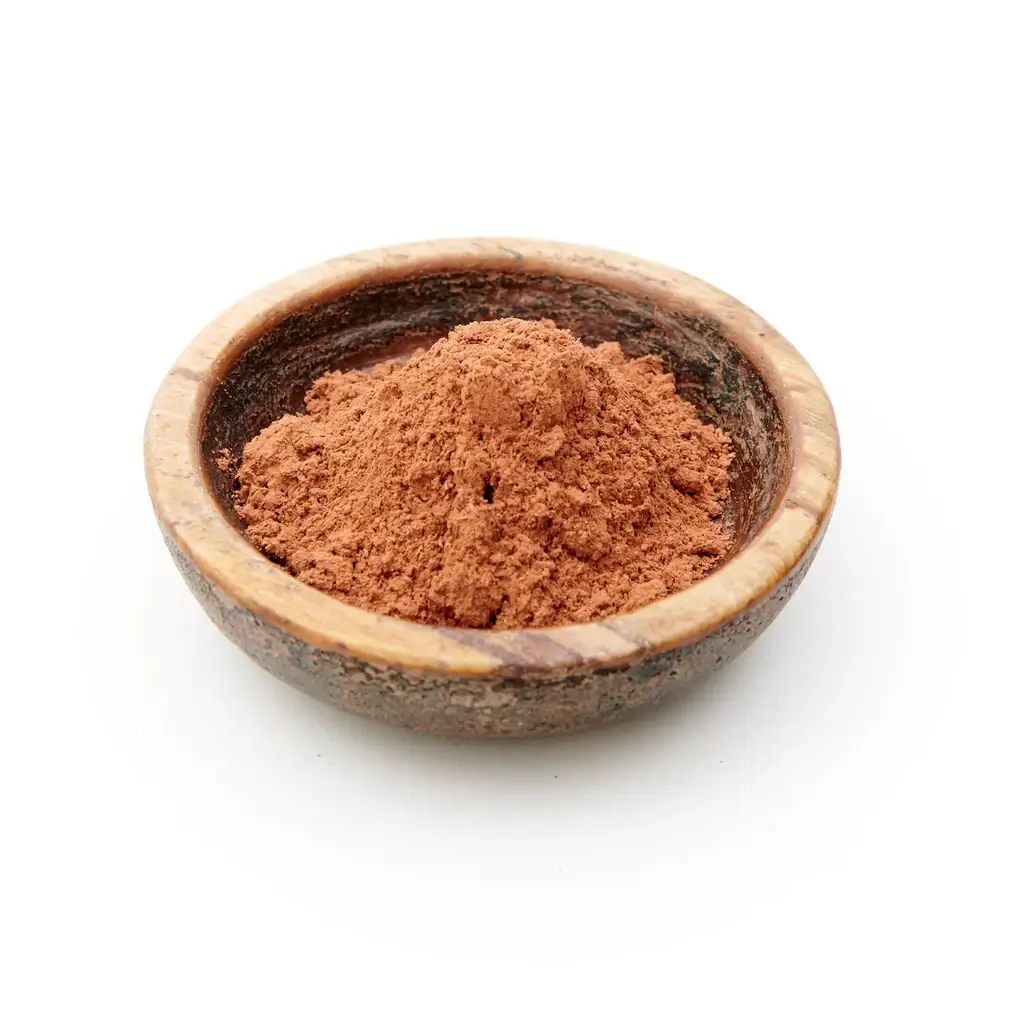
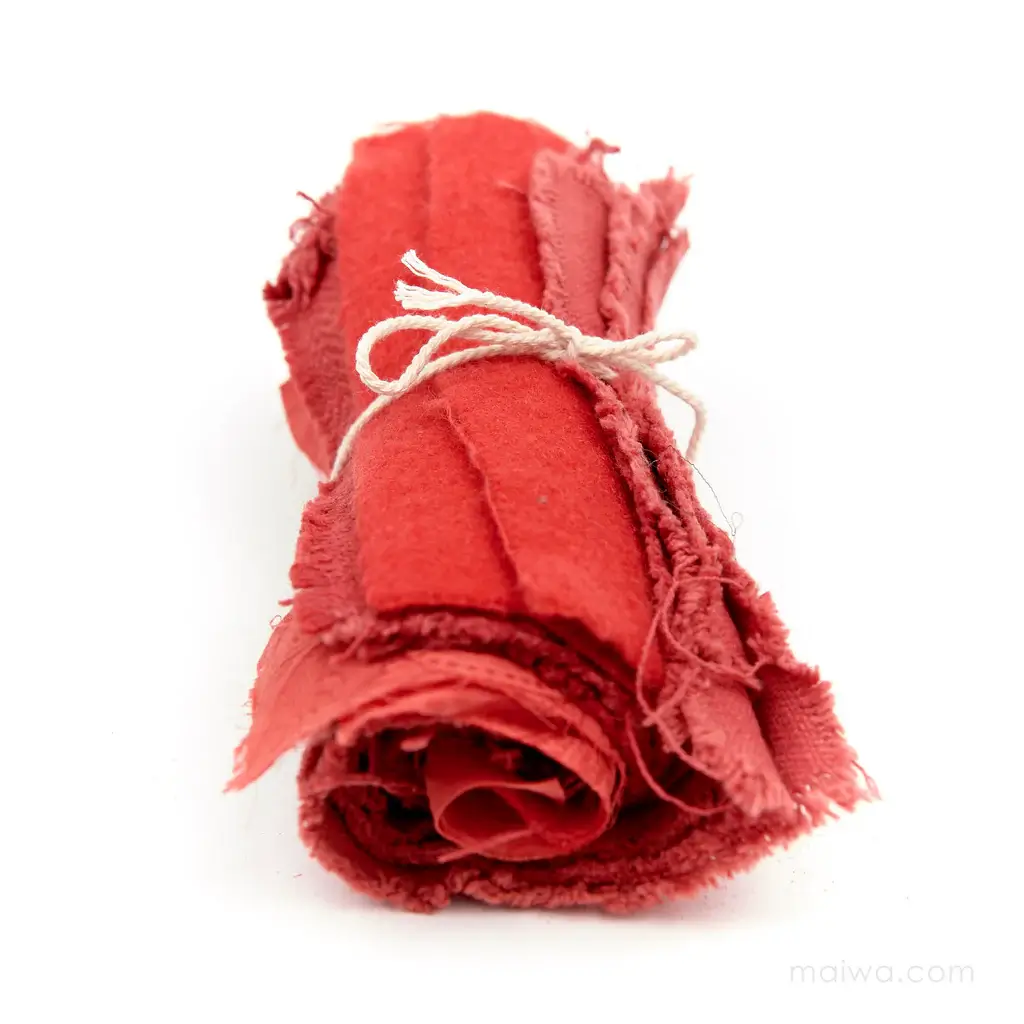
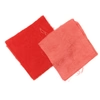
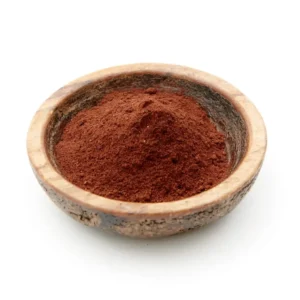
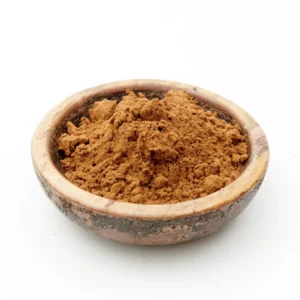
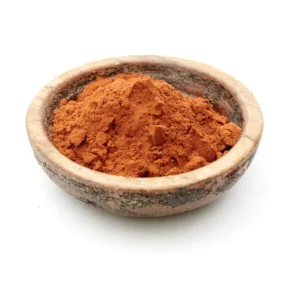
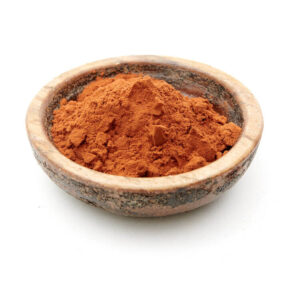
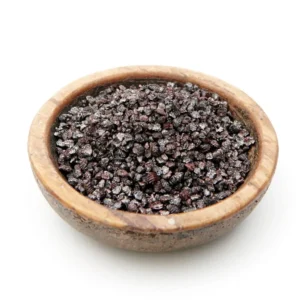
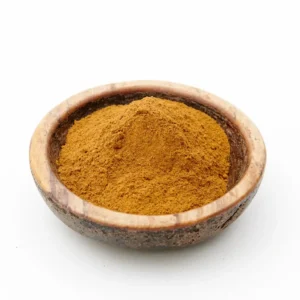
Reviews
There are no reviews yet.